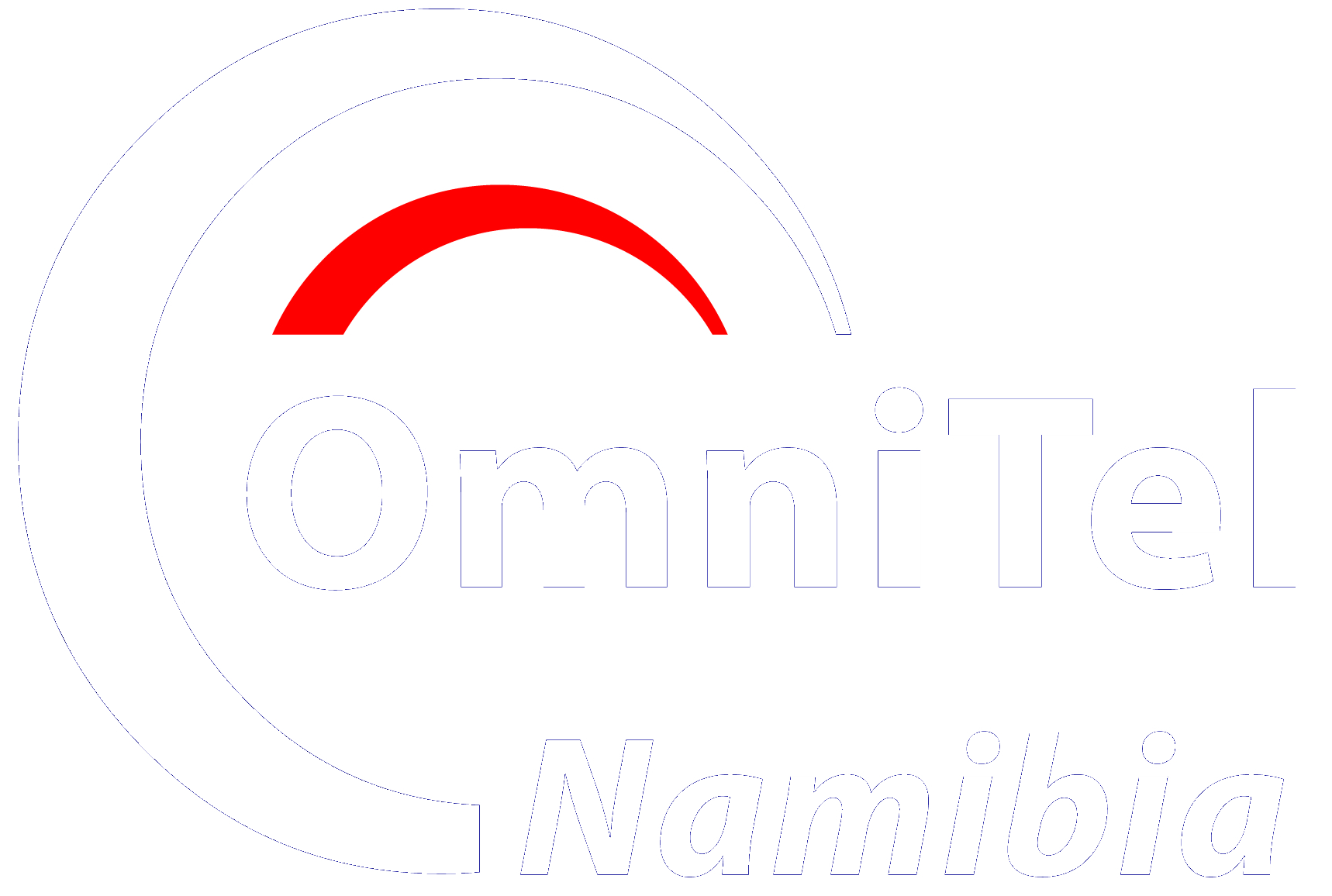Hybrid PBX Systems
Innovate Today, Migrate Tomorrow
The key benefit of a hybrid approach is that businesses can deliver enhanced communications capabilities, such as video conferencing, mobility, and team collaboration, all from the cloud while in many cases retaining their existing on-premises platform for telephony services. For example, Unify features telephony connectors that link a customer’s PBXs, either from Unify or a third-party vendor to their Circuit team collaboration application. Through Circuit, users are offered a compelling and common desktop and mobile user experience, new collaboration, and conferencing capabilities, and access to their existing phone number and calling features, without replacing or disrupting the business’ existing PBXs and voice services. Over time, the business can decide whether to keep the existing platforms in place, upgrade or change vendors, or perhaps migrate some or all of their users to cloud-based UCaaS, without disrupting the users or their experience.
Different Needs, One Platform
The challenge with going “all-in” on cloud or on-premises for many businesses is the need to accommodate the use cases that represent exceptions to the companies’ broader communications requirements. For example, a particular business location may need to keep telephony on the premises to maintain calling during an Internet outage or to comply with specific regulatory requirements that prevent cloud deployments. Conversely, small remote sites or branch offices might be too small to deploy on-premises gear, making them ideal candidates for UCaaS. Regardless of the reason, these scenarios create problems for businesses that limit themselves to an all-cloud or a fully on-premises environment. A hybrid architecture aims to accommodate a diversity of needs. A mix-and-match approach to meet specific technology or user requirements is inherent in a hybrid deployment.
Everything Has its Place
It is important to remember that, while unified communications are typically sold as a solution bundle, the UC stack is very often a discrete set of loosely integrated communications applications. This creates a unique opportunity for hybrid communications architectures. In a hybrid approach, businesses can, for example, continue to deploy mission-critical call control on-premises, while moving less critical applications, such as voice mail services, to a centralized cloud solution. Cloud-friendly UC services, such as mobility or collaboration services can be integrated with on-premises telephony to optimize audio conferencing for the business, enable remote access to a user’s business line from a mobile device, and even allow for programmable communications through cloud-based application programming interfaces (APIs). Taken to the next logical step, a hybrid architecture can enable completely orchestrated communications for businesses. Under such a service, a business can consolidate a multi-vendor communications environment and communications services under a common cloud platform to securely expose the myriad of these resources for business application or Internet of Things (IoT) integrations. For example, the Orchestrated Communications offering from Atos brings together some or all of these elements, assuming overall management for all of an organization’s communications technologies.

